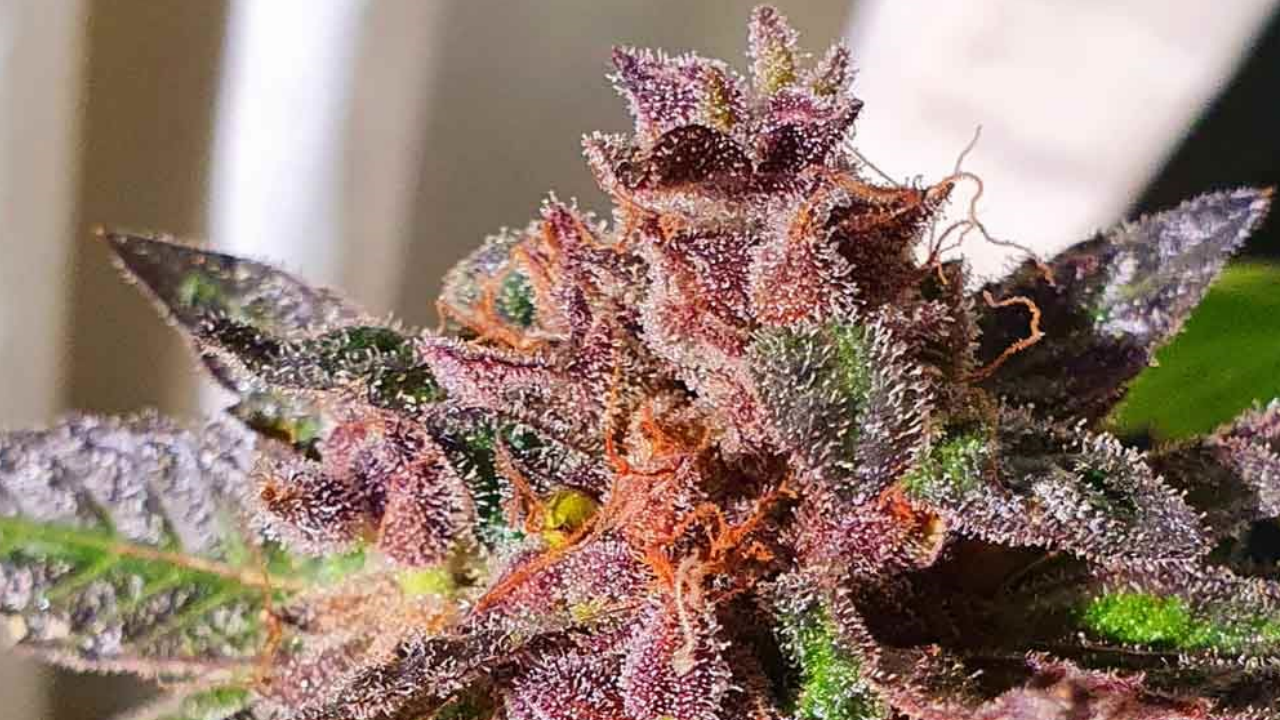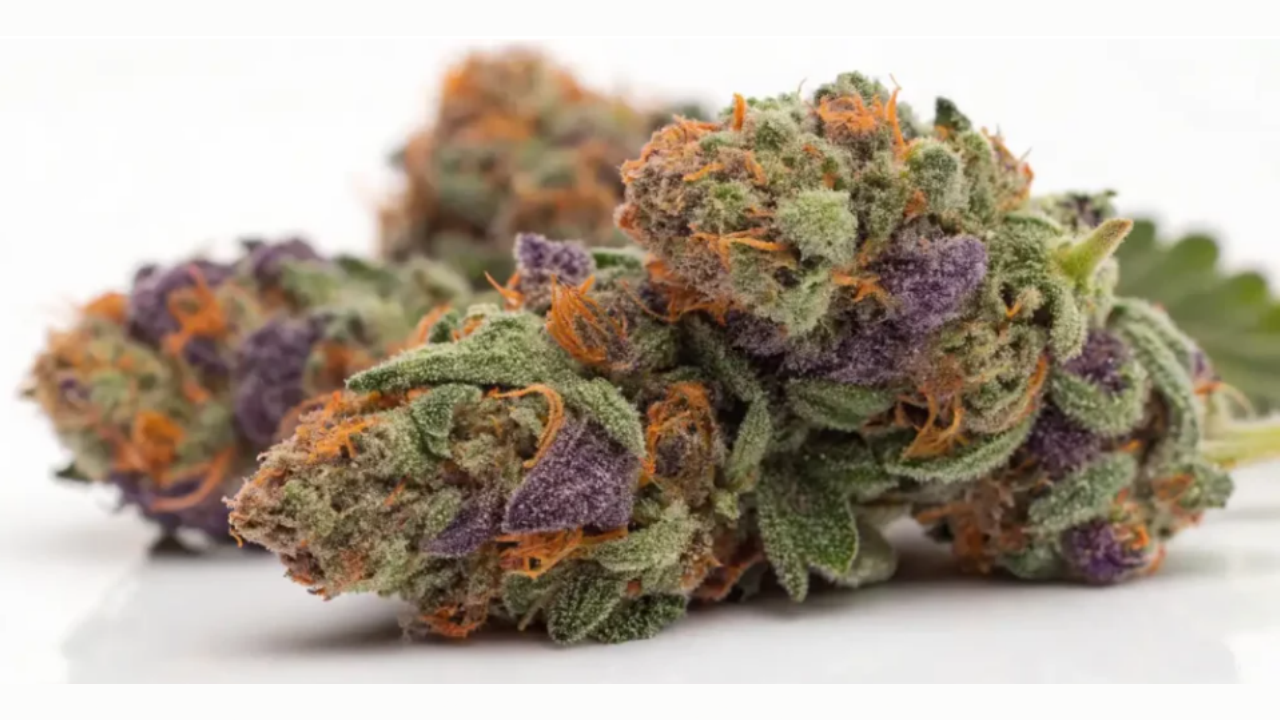The Entourage Effect of Cannabis Compounds:
In the ever-evolving world of cannabis science, a fascinating concept has captured the attention of researchers, medical professionals, and conscious consumers alike: the entourage effect. This theory suggests that the true therapeutic power of cannabis doesn’t lie in a single compound, but rather in the harmonious interaction of its many natural elements—including cannabinoids like THC and CBD, aromatic terpenes, and health-boosting flavonoids. Together, these compounds create a synergistic effect that enhances their individual benefits, offering a richer, more balanced experience than any one component alone.
Beyond THC and CBD
Tetrahydrocannabinol (THC) and cannabidiol (CBD) are the two most well-known cannabinoids in the cannabis plant. THC is responsible for the plant’s signature psychoactive high, while CBD has gained fame for its non-intoxicating, therapeutic qualities—often used to manage anxiety, inflammation, and pain.
However, focusing solely on these two compounds is like judging a symphony by listening to only the violin and the drums. The cannabis plant contains over 100 cannabinoids, and when these interact with each other, the result is often more potent and nuanced than what each can do on its own.
For example, CBD has been shown to modulate the psychoactive effects of THC. Taken together, they can offer a balanced high—reducing anxiety or paranoia often associated with high-THC strains, while preserving therapeutic potency. This interplay is one of the foundational principles behind the entourage effect.
The Role of Terpenes
Terpenes are aromatic oils secreted by the same glands that produce cannabinoids. They’re responsible for the distinctive scents and flavors of different cannabis strains—think citrusy limonene, piney pinene, or soothing linalool. But their contributions go far beyond the nose.
Research suggests that terpenes may have their own therapeutic effects. For instance, myrcene is known for its sedative qualities and may help with muscle relaxation and sleep. Limonene has shown anti-anxiety and antidepressant properties, while caryophyllene interacts directly with the body’s endocannabinoid system and may provide anti-inflammatory benefits.
When combined with cannabinoids, terpenes can influence not only the flavor and aroma but also the physiological experience. A strain high in both THC and myrcene, for example, may have more potent sedative effects than THC alone.
The Overlooked Power of Flavonoids
Flavonoids are lesser-known but equally important components in cannabis. Found in many plants, these compounds contribute to pigmentation, UV filtration, and disease resistance. In cannabis, flavonoids like cannaflavin A have demonstrated anti-inflammatory properties—reportedly stronger than aspirin in some studies.
Flavonoids are also antioxidants and may help protect cells from oxidative stress, potentially reducing the risk of chronic disease. When combined with cannabinoids and terpenes, flavonoids complete the chemical orchestra that fuels the entourage effect.
Flower vs. Isolates: Why Whole-Plant Matters
Cannabis products come in many forms—from full-spectrum extracts and edibles to THC or CBD isolates. While isolates can be useful for precision dosing, they often lack the complexity of the whole plant.
Whole-plant cannabis or full-spectrum products are rich in the variety of compounds needed to experience the entourage effect. This is why many patients report that smoking or vaporizing cannabis flower—rich in naturally occurring cannabinoids, terpenes, and flavonoids—feels more effective than consuming isolates, even if the THC or CBD concentration is lower.
Similarly, edibles that preserve the full chemical profile of the cannabis plant can produce effects that are not only stronger, but also smoother and more balanced. This is particularly beneficial for those seeking relief from chronic conditions like pain, anxiety, or insomnia.
A Future of Personalized Medicine
Understanding the entourage effect is leading cannabis science toward personalized and precision medicine. Different combinations of cannabinoids, terpenes, and flavonoids may work better for certain individuals and specific conditions. For example, someone seeking relief from anxiety might benefit from a high-CBD strain with limonene and linalool, while a patient managing chronic pain may prefer a product with balanced THC, caryophyllene, and myrcene.
As research deepens, we’re moving toward a future where cannabis isn’t just classified by indica or sativa, or by THC percentage, but by its full-spectrum chemical fingerprint.
Final Thoughts
The entourage effect highlights one of nature’s most powerful lessons: synergy matters. In the case of cannabis, it’s not just about what’s present, but how everything works together. When cannabinoids, terpenes, and flavonoids are combined, they unlock a therapeutic potential that’s greater than the sum of its parts.
Whether you’re a seasoned cannabis connoisseur or a curious newcomer, understanding the entourage effect can help you make more informed choices—leading to better results, a deeper appreciation of the plant, and a healthier, more holistic experience.
Sid Prince
Photo Credit: https://stock.adobe.com/search/video?k=marijuana




